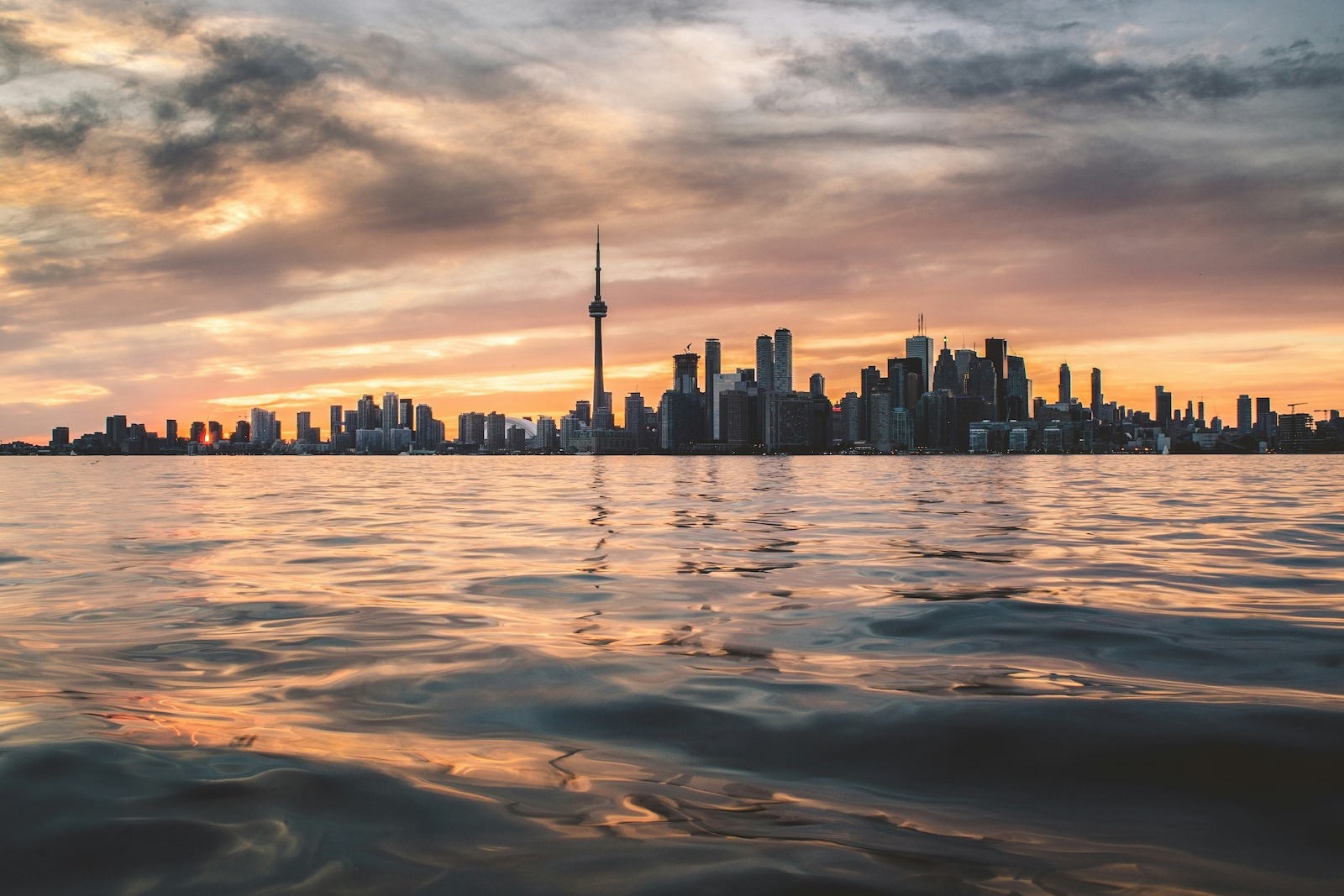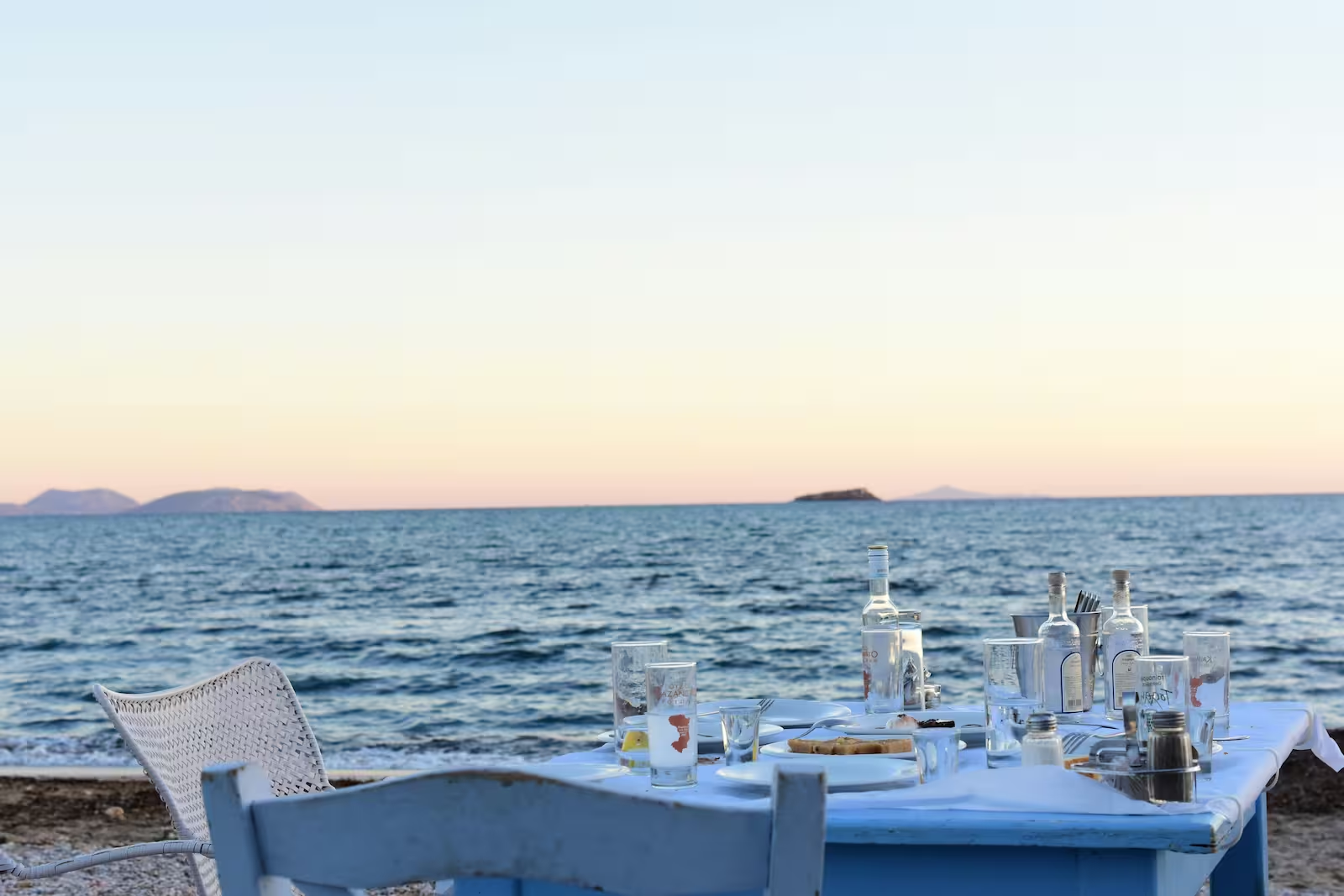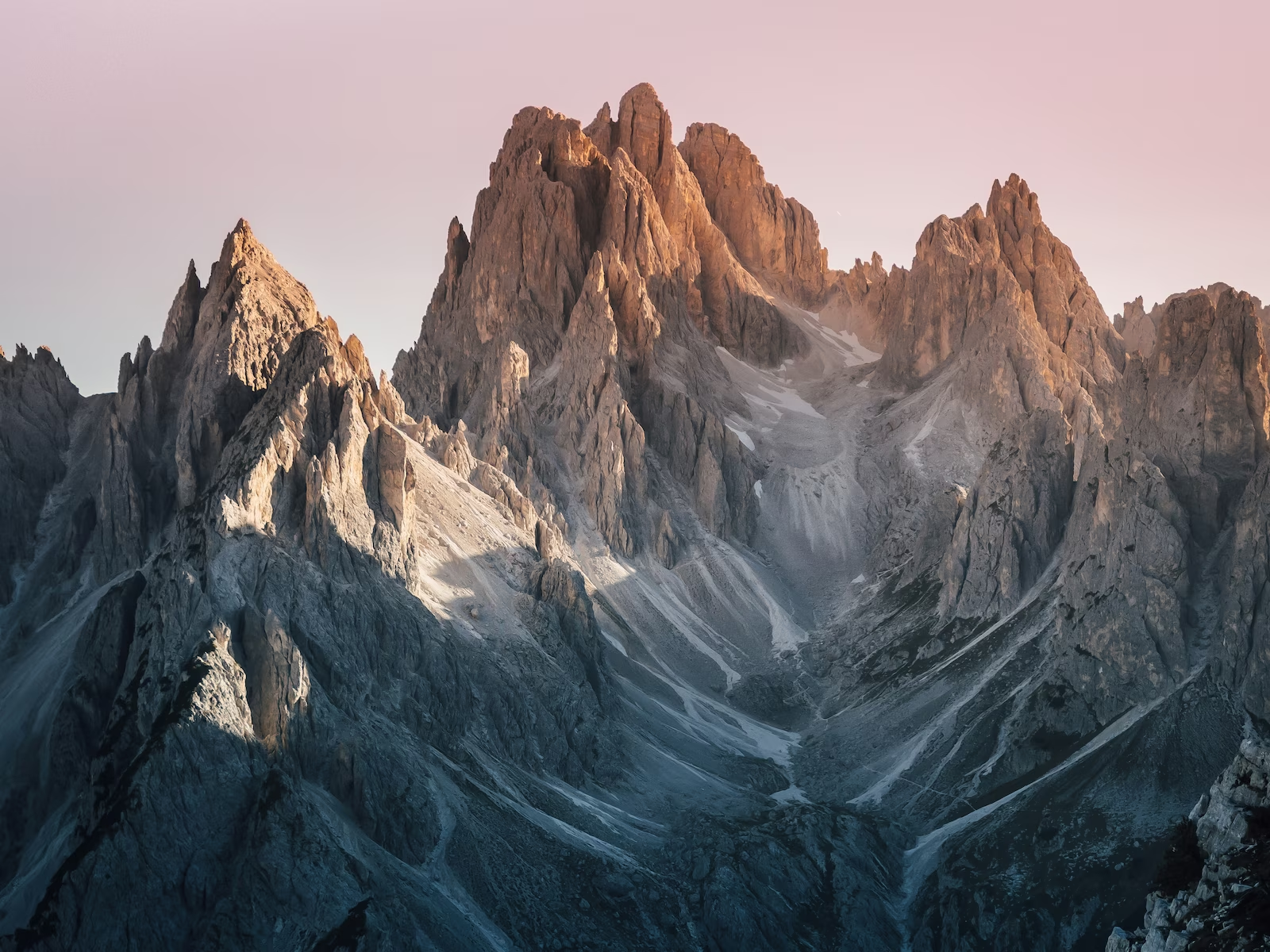Wandering around Amsterdam’s picturesque inner-city canals, you may find a striking lack of locals. Historic apartments have been turned to Airbnb’s, tourist shops stand on every corner and even the hospitality staff are hired without needing to speak Dutch. In many ways, locals have been driven out of Amsterdam, the city a façade for tourists. Yet every year, on April 27th, locals take back the town, descending on the canals by the thousands. Decked out in vibrant orange, the festival is a sight to behold and for many Dutch locals, it is the highlight of their year. In this article, we take a closer look at this traditional nationwide festival, how it came about and how to make the most of it.

History
In the 1880s, support for the Dutch monarchy was low, and insiders were keen to increase its popularity. Though the king at the time, (King William III) was disliked, his 4-year-old daughter was very popular. For this reason, a Prinsessedag (Princess Day) was announced, to celebrate her birthday on 31st August and parade her through the streets. When she eventually inherited the throne, the day was renamed Koninginnedag (Queen’s Day). In 1948, her daughter, Princess Juliana, succeeded her. The day was moved to her birthday, 30th April, and was highly popular – partly because of her reputation and partly because the date afforded Dutch children an extra day of holiday.
Queen Juliana abdicated in 1980, handing the throne to her daughter Queen Beatrix. Beatrix decided to keep the day on the 30th of April, since her birthday was in winter, making it too cold for outdoor celebration. Beatrix was particularly proud of Koninginnedag and started a tradition of visiting two towns a year, to meet revellers and observe local crafts and customs. In 2009, her visit to Apeldoorn was disrupted, after an individual drove his car into the crowd, aiming at the Royal open-top bus and killing 7 bystanders (and himself) in the process. The festivities were cancelled and the status of Royal visits to local towns hotly debated. Nevertheless, Queen Beatrix decided to continue her visits, and the practice took on even more significance and status.
The day eventually became Koningsdag (King’s Day) in 2013, after Beatrix stepped down as queen. Her son, Willem-Alexander, became the first King since the day’s inception, 123 years ago. The date was also changed to three days earlier (the 27th of April) in order to mark his birthday. As had been tradition for the previous century, this date would be changed to the 26th, were the 27th to fall on a Sunday on any given year. It just so happened that this was the case the very first year, so the first King’s Day was held on the 26th of April 2014. King Willem-Alexander has continued the tradition of visiting different towns each year, the last of which being Amersfoort in 2019. He had been due to visit Maastricht in 2020, before the day was cancelled, due to Covid-19.
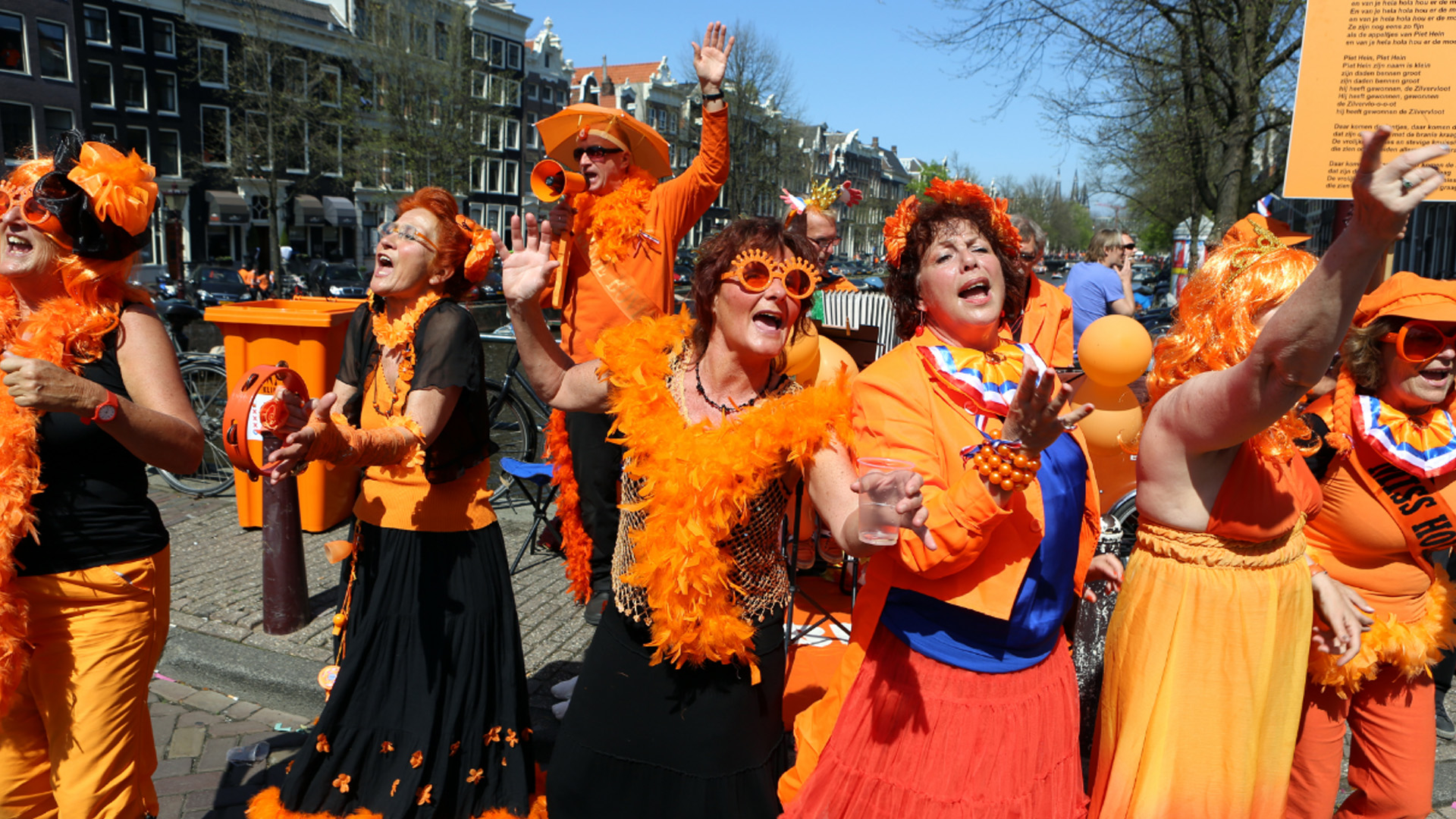
Festivities
Though the day is rooted in the monarchy, most Dutch nationals agree that the day's significance extends far beyond them, with many anti-monarchists happy to engage in the festivities. As a day of unity and celebration, many deem it simply an excellent opportunity to have fun, drink and meet others.
Vrijmarkt
One of the most popular activities of the day is the vrijmarkt (free market). On this day, normal rules around the public selling of goods are lifted, and all residents are free to sell their used items out on the street or outside their homes. All across the country, people buy and sell from each other, with areas such as De Jordaan in Amsterdam attracting visitors from far and wide, due to the reputation of the quality of the goods. Other areas, such as Vondelpark, have become known particularly for the sale of children’s goods. ING Bank conducted a study in 2011 and found that the total turnover from the vrijmarkt is €290 million, with over half of all Dutch citizens buying something and one in five people selling.
Music
Across the Netherlands, stages are erected, and concerts put on to celebrate in front of large crowds. Normal transport (such as cars, trams and buses) are blocked off, and the streets are flooded with people. Local musicians will generally perform, and public spaces become huge dancefloors! After the concerts finish, clubs across the country open their doors to partygoers, keeping the festivities going way into the night. In recent years it has been tradition for club nights to operate the night before, organising special events known as Koninginnenacht (Queen’s Night).
Boats
In Amsterdam and other major cities, it has become popular to rent a boat – bringing the party directly onto the water. Canals become hugely congested as revellers party in head-to-toe orange (in reference to William of Orange). Music blares from portable speakers, drunken partygoers jump from one boat to another, and capsizes inevitably occur. Inner-city locals hang out of their windows to watch the festivities and have even been known to rent out the use of their toilets at extortionate prices, making money off drunken visitors!

Fancy going to King’s Day? Skratch's Tips:
Though King’s Day is unticketed (for now) and open to all, flights, trains and local accommodation increase in price hugely across the April weekend. Booking long ahead of time is very important. Getting an Airbnb in the middle of Amsterdam (particularly on one of the four main canals: Singel, Herengracht, Keizersgracht and Prinsengracht) is everyone’s top choice, as it will give you a perfect view of the canal boat festivities. However, getting somewhere far out, and commuting in, is by no means a bad option, as you will be able to sleep in quiet surroundings after the day's fun. Alternatively, other cities such as Utrecht, Leiden, the Hague or Rotterdam will offer just as good as an experience, with fewer of the crowds!
It goes without saying, but you are going to need plenty of orange. T-shirts, trousers, glasses and feather boas (even dying your hair orange) – nothing is excessive, and it is all part of the fun. Bring a bottle of water with you, portable charger and a closed zip bag, as the crowds can get quite overwhelming! Finally, map out the places you want to visit throughout the day and how you will get there. With the crowds blocking every street, and most public transport closed off, getting from one side of the city to the other can take much longer than you’d think, and you don’t miss the fun by getting trapped.
That being said, don’t be afraid to get lost! Though it may be tempting to head to Museumplein or Dam Square in Amsterdam, across the country locals are hauling out their DJ decks and setting up mini raves in back alleys and residential streets. Follow the crowd, get yourself invited onto stranger’s boats, and have an incredible King’s Day.










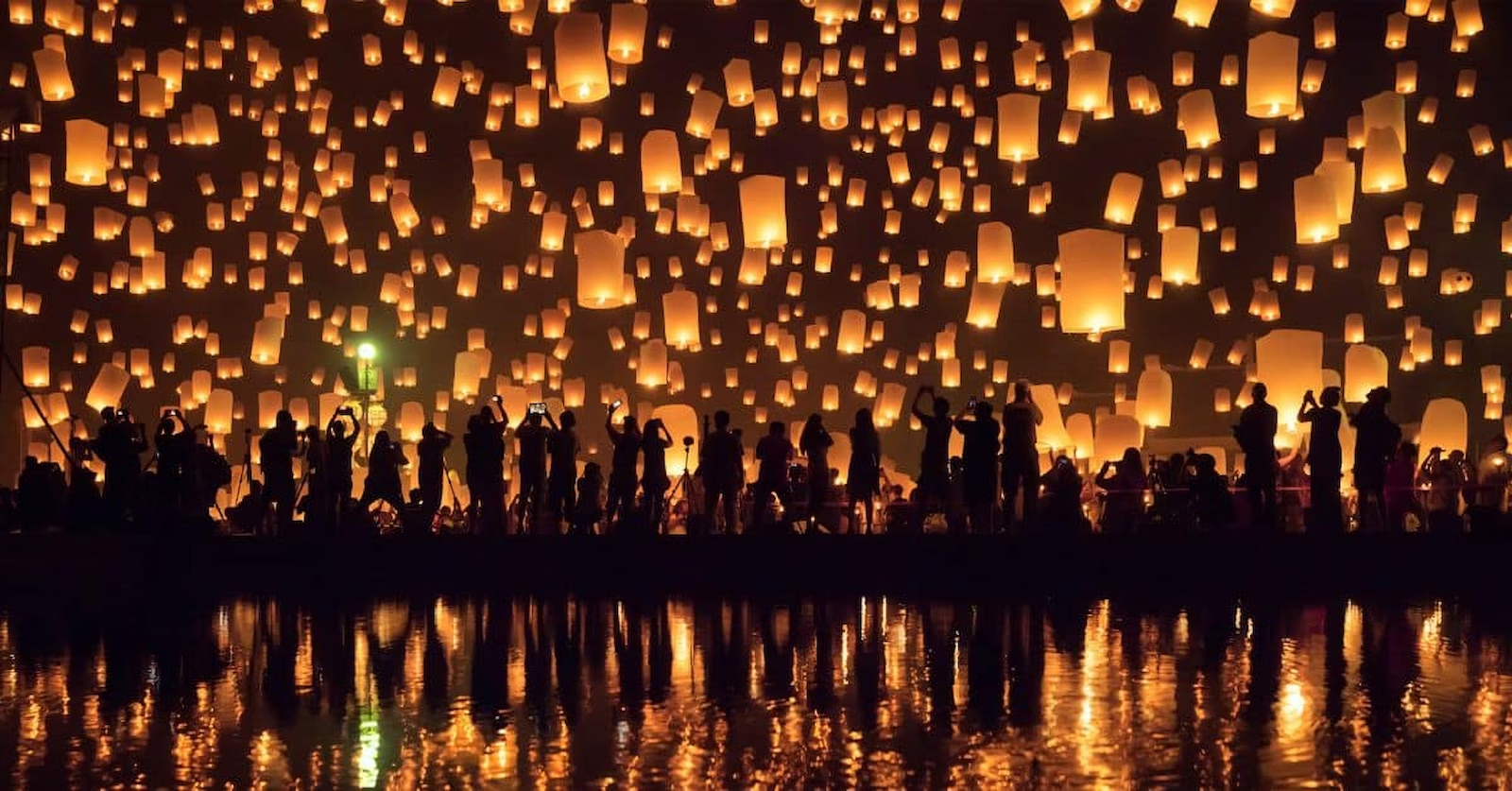
.avif)
.avif)
.jpg)
